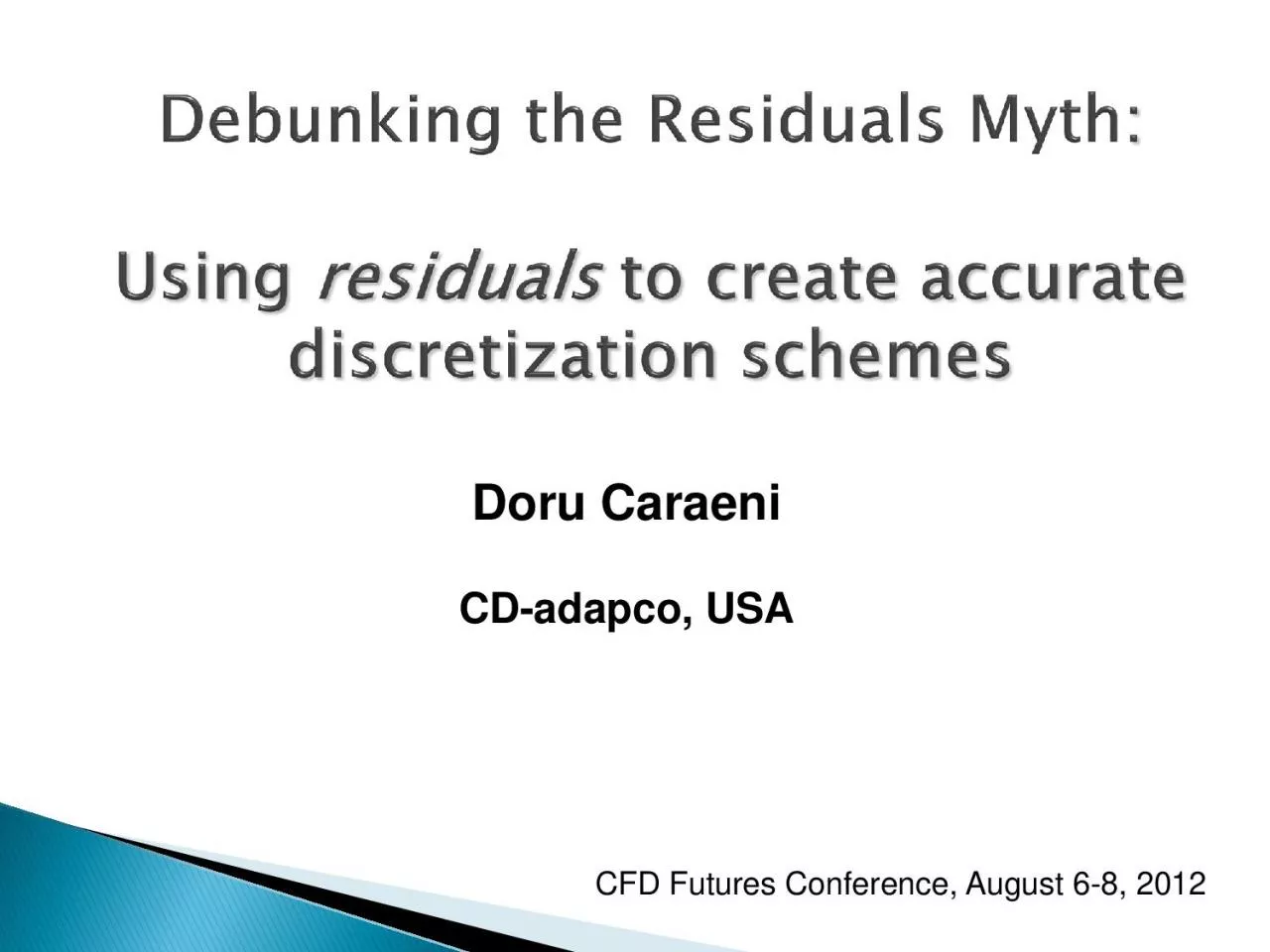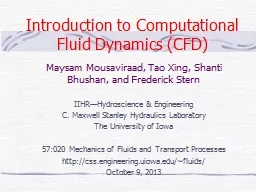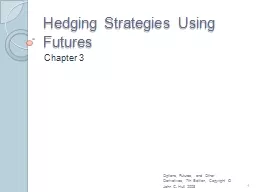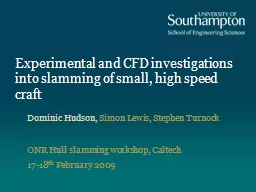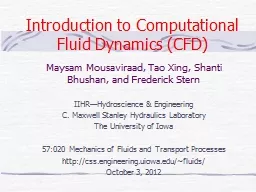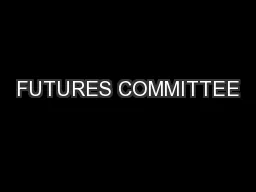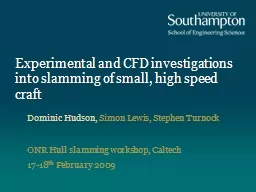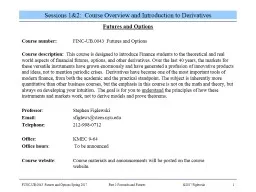PDF-CFD Futures Conference August 6
Author : hadley | Published Date : 2021-06-17
Doru Caraeni CD adapco USA 8 2012 Why I did Residual based schemes research 1996 Leading the CFDCAE group Centrifugal Compressors at COMOTI Bucharest Challenge to
Presentation Embed Code
Download Presentation
Download Presentation The PPT/PDF document "CFD Futures Conference August 6" is the property of its rightful owner. Permission is granted to download and print the materials on this website for personal, non-commercial use only, and to display it on your personal computer provided you do not modify the materials and that you retain all copyright notices contained in the materials. By downloading content from our website, you accept the terms of this agreement.
CFD Futures Conference August 6: Transcript
Download Rules Of Document
"CFD Futures Conference August 6"The content belongs to its owner. You may download and print it for personal use, without modification, and keep all copyright notices. By downloading, you agree to these terms.
Related Documents

